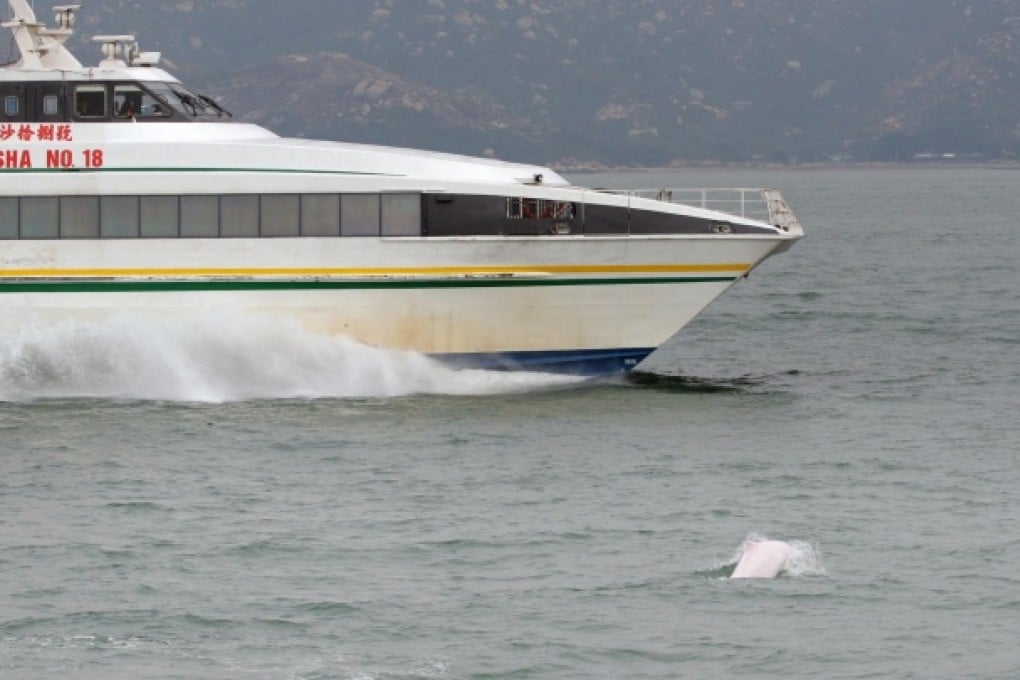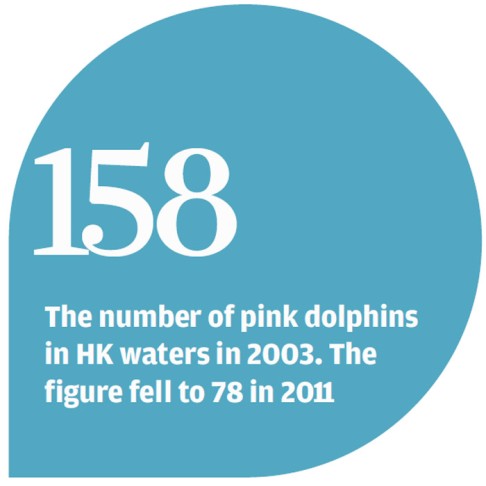Video of grieving pink dolphin mother underscores plight of disappearing species
Distressing scenes as a mother fought to stop her dead calf from sinking into HK's polluted waters have highlighted plight of iconic pink dolphins

An hour into their journey from Tung Chung pier, the 20 members of the boat party finally got what they had been waiting for - a close encounter with the remaining pink dolphins who still make their home in Hong Kong waters.

"There were about four or five dolphins in the water and it seemed at first as if they were trying to get hold of something and support it," said Ho Tak-ching, 34, a guide with Hong Kong Dolphinwatch. "It really wasn't normal behaviour."
The dolphins were trying to help a mother support the body of her dead calf and stop it slipping below the water's surface.
"I started to film and it was then that I noticed the dead baby calf. From its size and colour, I guessed it was a newborn. It was so depressing and so very sad. While I was taking the video I couldn't stop myself crying.
"There was a group of four or five dolphins taking turns with the mother to try to keep the baby on the surface of the water. We watched it for about 30 minutes.
It was so depressing and so very sad. While I was taking the video I couldn't stop myself crying